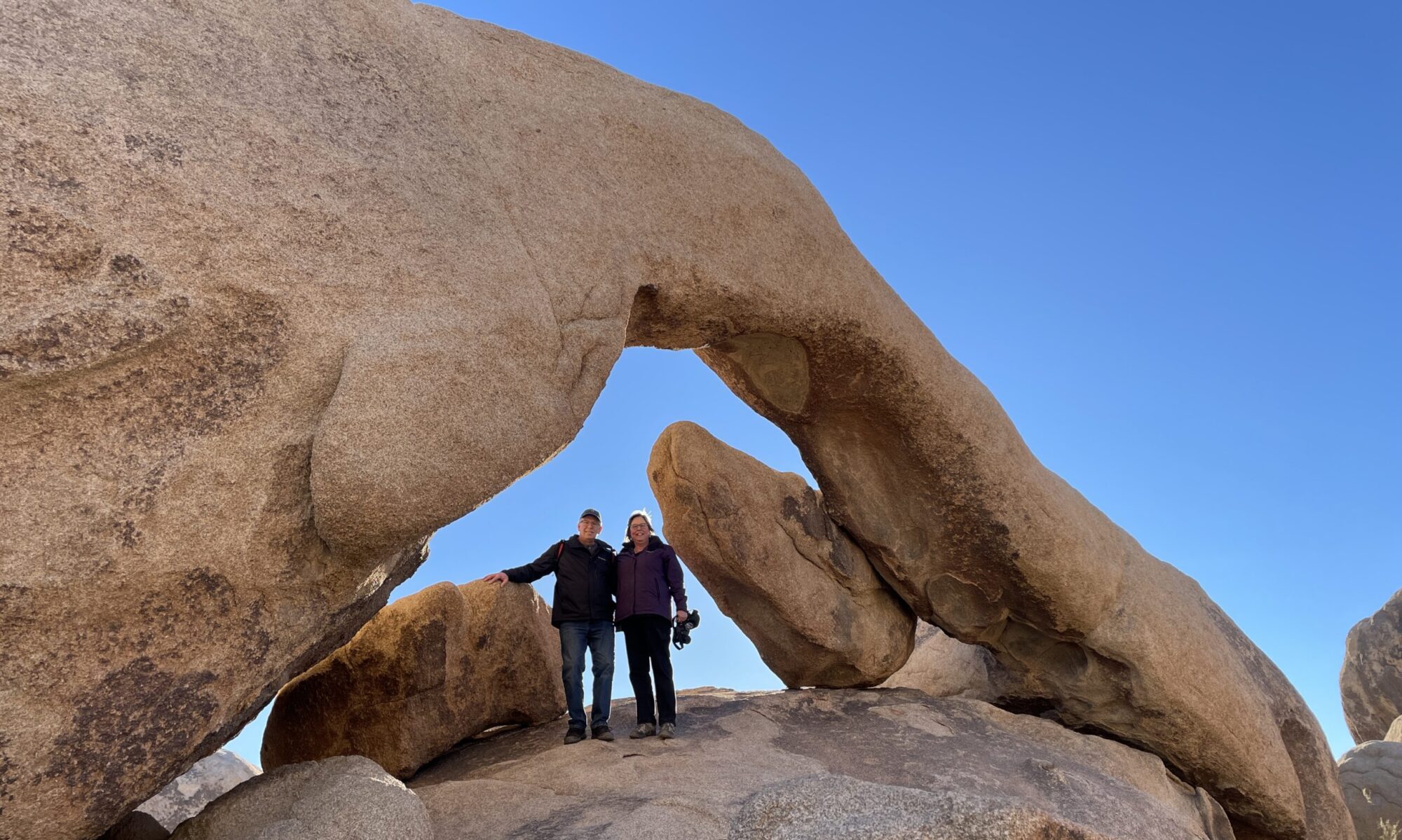Look, I will tell you a mystery! We will not all die, but we will all be changed… (1 Corinthians 15:51).
For the first time in the 15th and 16th centuries, mapmakers began to draw maps with intentional empty spaces. It was the first admission that they did not know what was out there, prompted by what they were learning through expeditions of discovery about what really was out there. Prior to this time, maps simply left unfamiliar areas out or filled them with imaginary monsters (Quietly Courageous: Leading the Church in a Changing World, 29).
This method of demarcating spaces by incorporating monsters also characterizes maps and accounts of distant places from the ancient world to the Enlightenment era. Old maps frequently depict hideous monsters in the unexplored regions of the known world (https://historycollection.com/where-the-wild-things-werent-a-dozen-map-monsters-from-history/).
Ancient mapmakers “may have been motivated by what art historians call horror vacui, the artist’s fear of leaving unadorned spaces on their work. Chet Van Duzer, a historian of cartography, has found dozens of maps on which cartographers appear to have filled the empty spaces on their maps with non-existent mountains, monsters, cities, and other gratuitous illustrations” (https://www.nationalgeographic.com/history/article/maps-history-horror-vacui-art-cartography-blank-spaces).
The desire to fill or remove empty spaces on our maps, in our world, and within our souls reflects our anxiety and uneasiness at not knowing everything. It also reflects our determination to solve the mysteries of our existence. We want to move from mystery to mastery of our lives. Here is how the writer of Ecclesiastes names this condition:
God has made everything beautiful in its time. He has also set eternity in the human heart; yet no one can fathom what God has done from beginning to end (Ecclesiastes 3:11).
We live with multiple unsolved mysteries in our Christian faith:
- Trinity (“God in three Persons, blessed Trinity!”; Father/Son/Holy Ghost)
- Sacraments (baptism and communion; sacraments are even called Mysteries in the Eastern Church)
- Resurrection
Holy Week and Easter bring us face to face with the mysterious depths of sin, death, grace, and love. The drama of Holy Week reveals the betrayal and violence against Jesus for revealing God’s loving presence and judgment to the world.
Resurrection then is the ultimate mystery we live with and learn from. It resists final explanations which for me is a sign of hope. We cannot account for everything in the world through our human understanding alone. God joins us in this existence through Jesus Christ who has died, is risen, and will come again.
May the mystery of Holy Week and Easter bring you closer to God and bring us closer to each other as we travel together using the maps of resurrection and hope and love through Jesus Christ.


